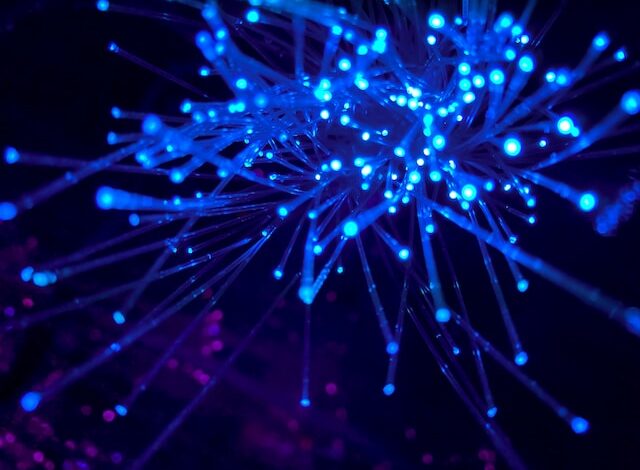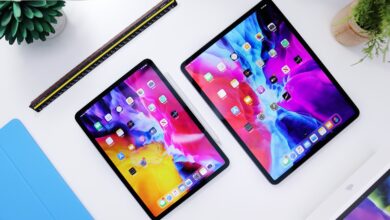Unleashing the Power of 5G: How it Will Revolutionize the Internet of Things (IoT)

In today’s fast-paced digital landscape, the Internet of Things (IoT) has emerged as a transformative technology, connecting devices, sensors, and systems to enable seamless communication and data exchange. The IoT has already made significant strides in various industries, from healthcare and manufacturing to transportation and smart homes. However, the true potential of the IoT is yet to be fully realized. Enter 5G, the fifth-generation wireless technology that promises to revolutionize the IoT landscape and unlock a new era of connectivity and innovation.
The Evolution of the IoT
The IoT has been steadily evolving, powered by existing wireless technologies such as 3G and 4G. However, the limitations of these networks, including bandwidth constraints, latency issues, and scalability challenges, have hindered the widespread adoption and implementation of IoT solutions. This is where 5G steps in, with its game-changing capabilities set to transform the IoT ecosystem.
- Lightning-Fast Speeds and Low Latency
One of the key advantages of 5G technology is its unprecedented speed. With download speeds reaching up to 10 gigabits per second (Gbps), 5G is approximately 100 times faster than its predecessor, 4G. This immense speed will enable real-time data processing and near-instantaneous response times, creating a seamless and immersive user experience for IoT applications. The possibilities are boundless, from autonomous vehicles and smart city infrastructure to industrial automation and healthcare systems.
- Massive Device Connectivity
Another critical aspect where 5G outshines its predecessors is its ability to handle massive device connectivity. Traditional networks struggle to support many simultaneous connections, but 5G can accommodate up to one million devices per square kilometre. This capability is pivotal for the growth of IoT, as it enables a network of interconnected devices to function harmoniously without compromising performance or stability.
- Ultra-Reliable Communication
The reliability of connectivity is paramount in IoT applications. 5G offers ultra-reliable communication, ensuring a consistent and robust connection. This is crucial for mission-critical systems like autonomous vehicles, remote surgery, and industrial automation, where even a momentary disruption can have severe consequences. With 5G, the IoT ecosystem gains the reliability needed to support these high-stakes applications.
- Lower Energy Consumption
Efficiency is a crucial factor in IoT deployment. Many devices within the IoT ecosystem are battery-powered, making power consumption a significant concern. 5G networks are designed to be energy-efficient, utilizing techniques such as dynamic power scaling and adaptive modulation to optimize power usage. This ensures that IoT devices can operate longer without frequent recharging or battery replacements, further expanding the possibilities for IoT deployments.
- Edge Computing Capabilities
5G brings computing power closer to the network’s edge, with distributed computing resources and edge servers. This allows for real-time data processing and analysis at the network’s edge, reducing the need for centralized cloud processing and minimizing latency. Edge computing empowers IoT devices to make faster decisions, respond quickly to events, and minimize reliance on cloud infrastructure, making IoT systems more resilient and efficient.
Future Implications and Opportunities
The convergence of 5G and IoT presents an array of opportunities across multiple industries. Here are a few areas where the combined power of 5G and IoT is poised to make a transformative impact:
- Smart Cities: 5G-enabled IoT infrastructure can revolutionize urban planning, energy management, traffic optimization, and public safety.
- Industrial Automation: The seamless connectivity and low latency of 5G will enhance factory automation, enabling real-time monitoring, predictive maintenance, and optimized supply chains.
- Healthcare: 5G-powered IoT applications will facilitate remote patient monitoring, telemedicine, and connected healthcare devices, improving patient care and health outcomes.
- Transportation: Connected and autonomous vehicles will leverage 5G’s high-speed and low-latency capabilities to enhance road safety, enable intelligent traffic management, and create more efficient transportation systems.
Conclusion
The synergy between 5G and the Internet of Things (IoT) holds the promise of unlocking the full potential of connected devices and revolutionizing our world. Lightning-fast speeds, massive device connectivity, low latency, reliability, and energy efficiency of 5G will usher in an era of unparalleled innovation and seamless connectivity. As this transformative technology continues to mature and expand, we are on the brink of a new era where the Internet of Things will revolutionize how we live, work, and interact with the world around us.




